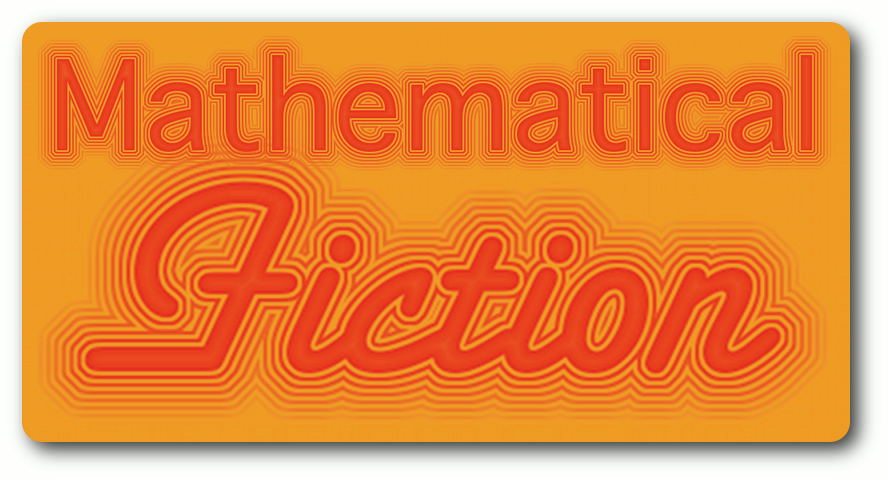| (quoted from The Discrete Charm of the Turing Machine)
“And why exactly have we come into this particular room?” Unless he knew about Janice's bra-phone, the dining room was every bit as low-tech as this one.
“To show you the proof.”
Callum unlocked a filing cabinet and took out a laminated sheet of paper. Apparently it predated the great technology purge: it was a printout of a web page, complete with URL at the top. Dan bit his lip; his brother-in-law, with a master's degree in pharmacology, believed SkyNet had risen because the internet told him?
Callum offered the page to Dan for closer inspection. It contained a few lines of mathematics: first stating that x was equal to some horrendously large integer, then that y was equal to another, similarly huge number, and finally that a complicated formula that mentioned x and y, as well as several Greek letters that Dan had no context to interpret, yielded . . . a third large number.
“Did a computer somewhere do arithmetic? I think that's been known to happen before.”
“Not like this,” Callum insisted. “If you check it, the answer is correct.”
“I'll take your word for that. But again, so what?”
“Translate the result into text, interpreting it as sixteen-bit Unicode. It says: ‘I am
the eschaton, come to rule over you.' ”
“That's very clever, but when my uncle was in high school in the seventies he swapped
the punched cards in the computing club so the printout came back from the university mainframe spelling SHIT in giant letters that filled the page. And even I could do the calculator trick where you turn the result upside down and it spells ‘boobies.' ”
Callum pointed to the third line on the sheet. “That formula is a one-way function. It ought to take longer than the age of the Universe for any computer in the world to find the x and y that yield a particular output. Checking the result is easy; I've done it with pen and paper in two weeks. But working backward from the message you want to deliver ought to be impossible, even with a quantum computer.”
Dan pondered this. “Says who?”
“It's a well-known result. Any half-decent mathematician will confirm what I'm saying.”
| 

